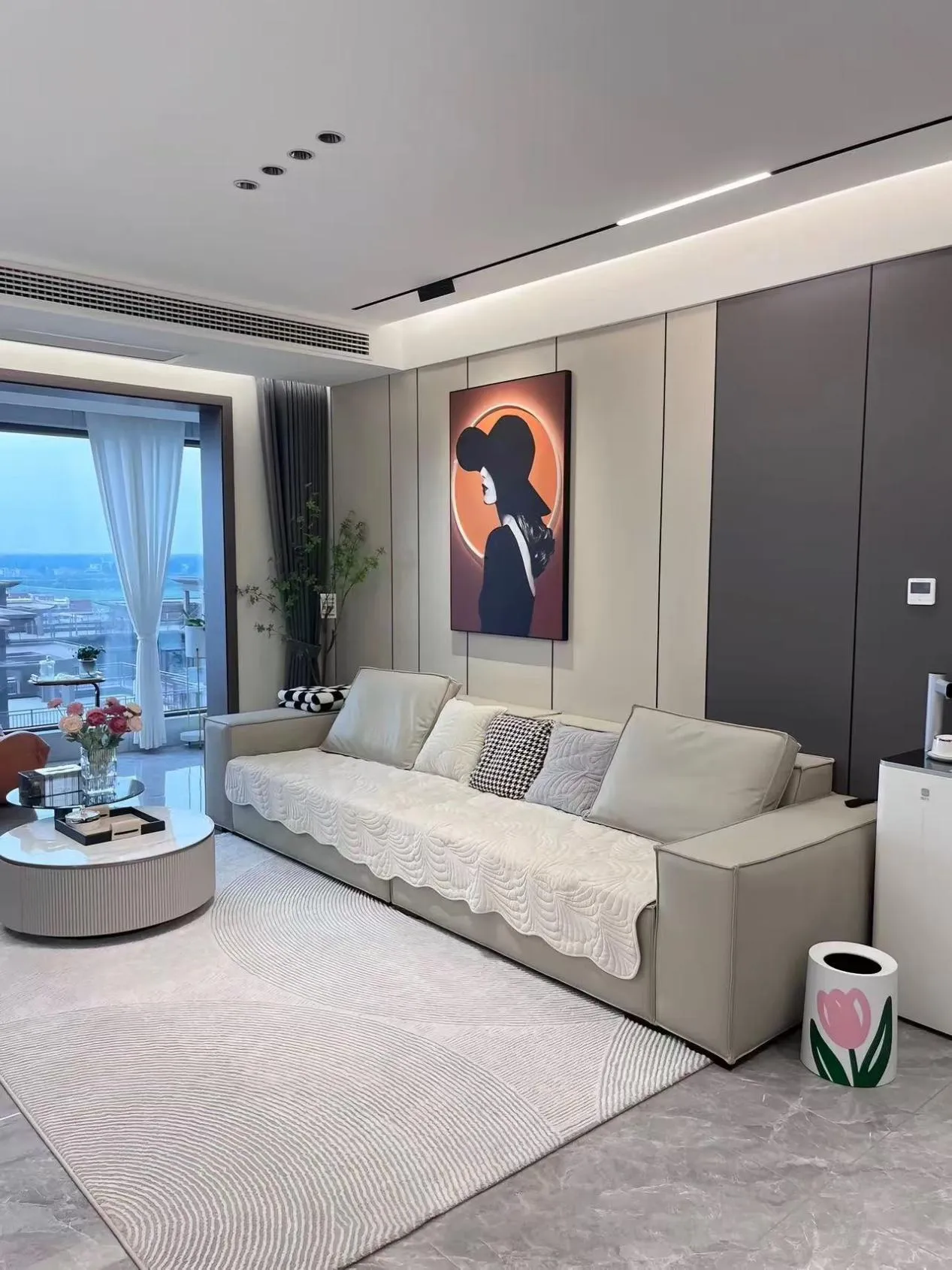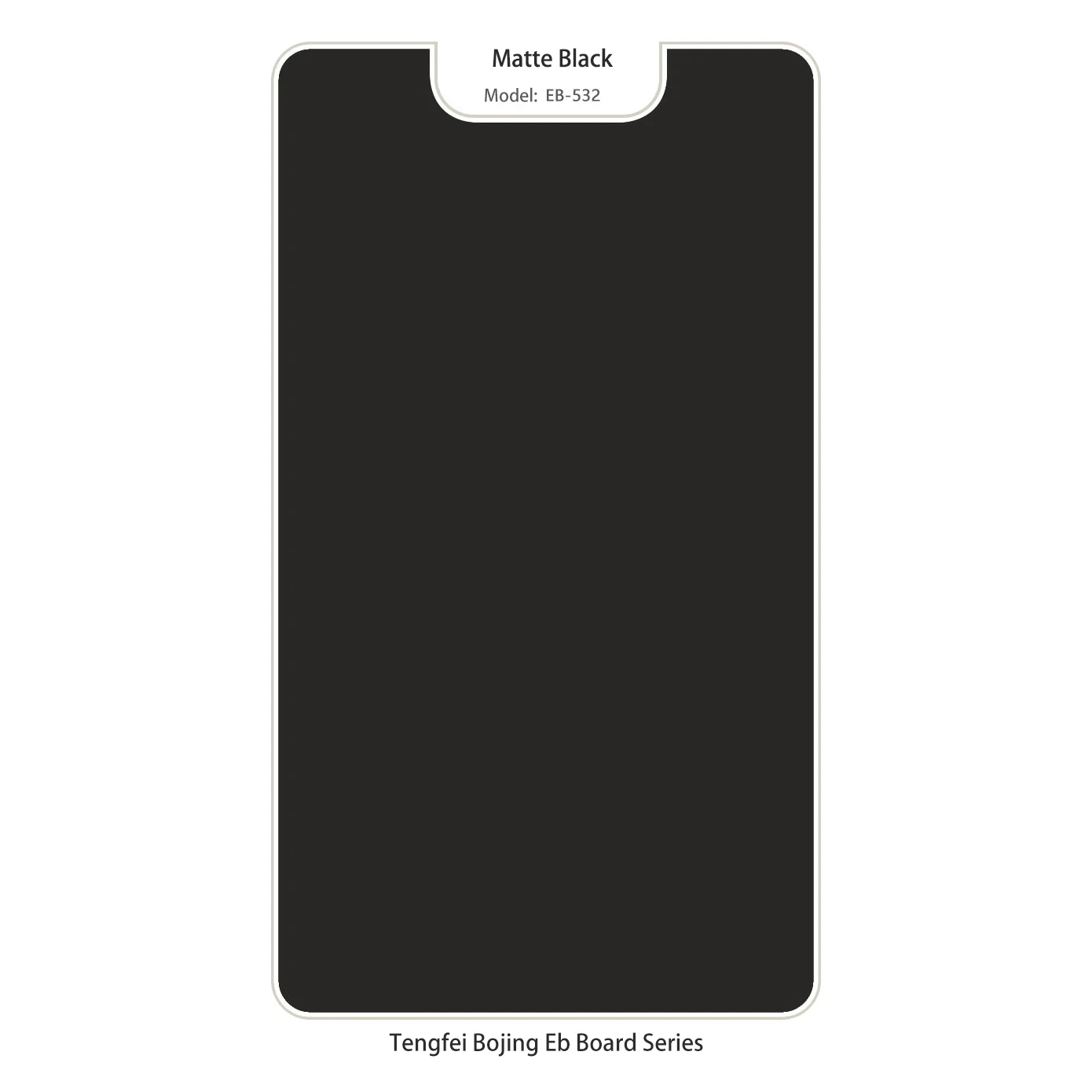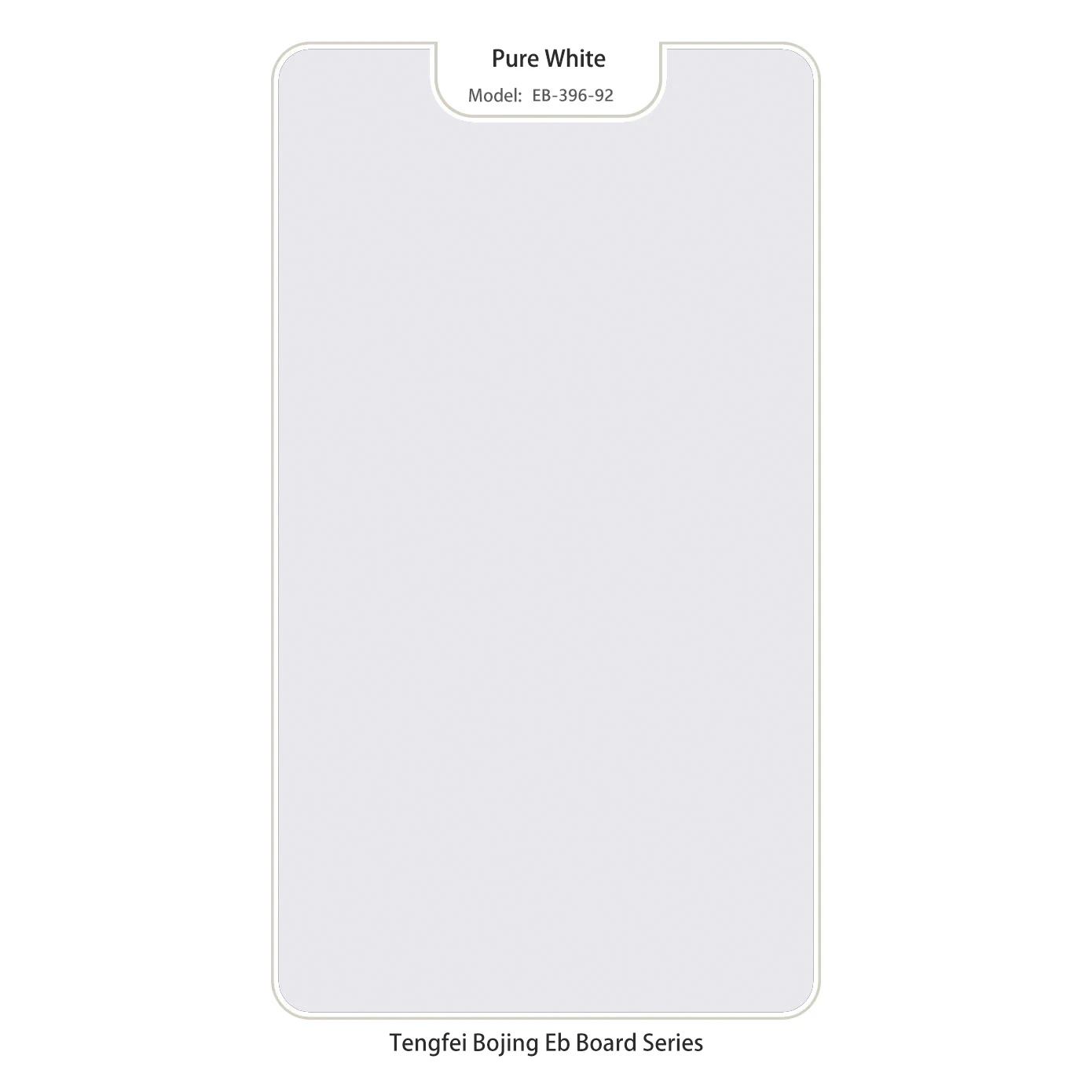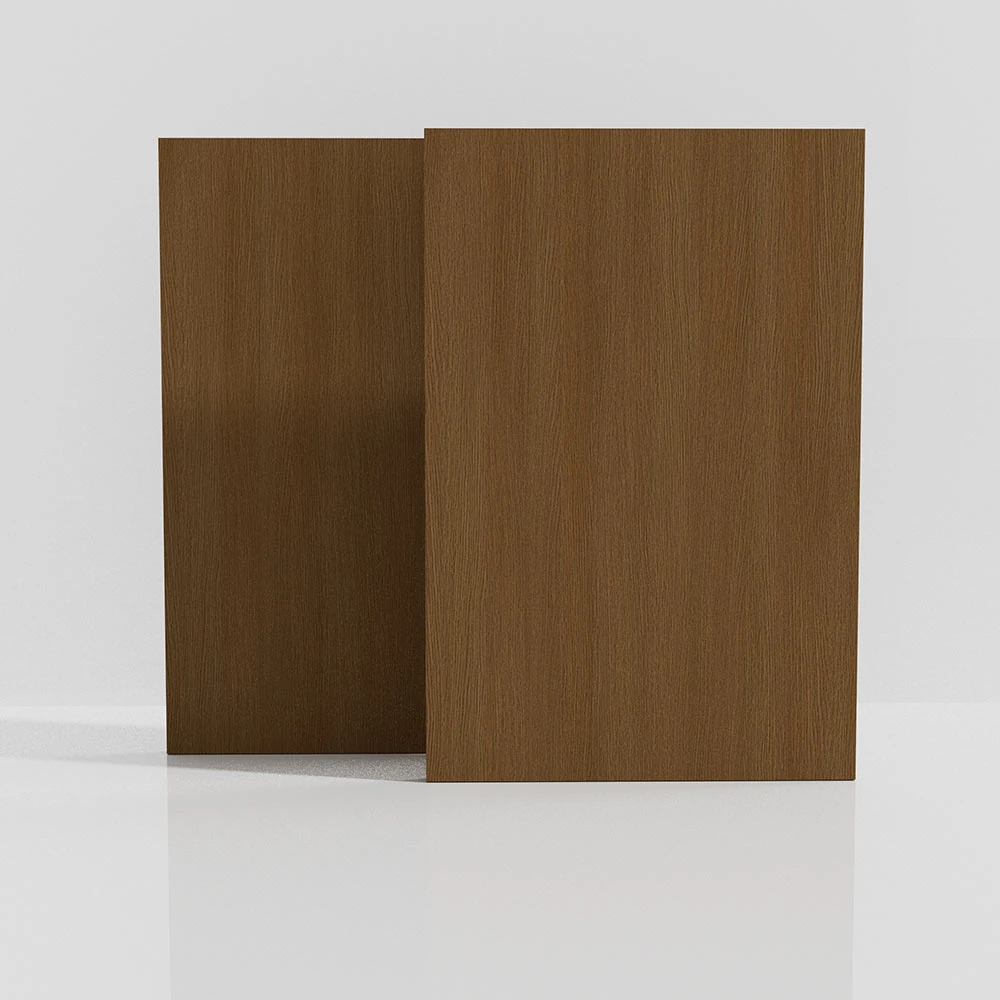When it comes to interior construction and furniture design, choosing the right material is a cornerstone of quality and longevity. Medium Density Fiberboard (MDF) has become a trusted choice for architects, designers, and contractors alike. Its superior workability, smooth surface, and adaptability to various finishes make MDF the go-to material for modern, efficient, and elegant structures. With multiple variants available, including fascia boards, fire-resistant panels, and flexible sheets, the MDF category offers specialized solutions tailored for specific construction and design needs.

Durability Meets Design with mdf fascia board for Exterior and Decorative Applications
One of the most versatile uses of MDF is in architectural trim, and the mdf fascia board plays a critical role in enhancing the aesthetic appeal of both interior and exterior edges. Known for its clean finish and ease of painting, MDF fascia boards blend seamlessly into crown moldings, ceiling trims, and decorative frameworks. While they are not suitable for high-moisture environments without sealing, their cost-effectiveness and workability make them an ideal choice for dry areas where decorative appearance matters most.
The Strength and Uniformity of mdf fiber board Are Ideal for Everyday Fabrication
The mdf fiber board variant is valued primarily for its high strength-to-weight ratio and uniform density, which allow precise machining, cutting, and milling. It resists splitting and provides a consistent base for laminates, veneers, and paints. As a material formed from fine wood fibers bonded under pressure, MDF fiber boards serve well in cabinetry, shelving, and partitions. Their affordability and availability in multiple thicknesses make them a practical alternative to plywood and natural wood in many residential and commercial projects.
Interior Finishing Is Streamlined by Using mdf finished boards in Decorative Installations
For ready-to-install convenience, mdf finished boards offer a significant advantage. Pre-primed or laminated, these boards reduce on-site preparation time and ensure a smoother finish compared to raw materials. Builders and designers often choose finished MDF for applications like wall panels, wainscoting, and ready-to-use cabinet doors. The smooth surface also eliminates many of the sanding and priming steps, which can shorten the project timeline and reduce labor costs while still delivering high-end visual results.
Safety and Compliance Are Prioritized with mdf fire board in Public Structures
In projects where fire resistance is essential, the mdf fire board variant offers enhanced safety. These boards are engineered with fire-retardant additives and comply with safety regulations for public and commercial spaces such as hospitals, schools, and hotels. While slightly denser than standard MDF, fire boards maintain similar strength and surface properties, ensuring they are just as easy to fabricate. They are particularly valuable in applications like fire-rated doors, partitions, and emergency exit corridors where performance under heat stress is non-negotiable.
Complex Designs Are Simplified with mdf flex board in Curved or Layered Installations
One standout option for designers is the mdf flex board, developed for applications requiring curvature or unusual geometries. Flexible MDF allows seamless installations on rounded walls, curved cabinetry, and spiral columns, where rigid boards would fail. When bent into place and properly veneered or laminated, flex boards retain their form and integrity without cracking or splitting. Their use in architectural features such as barrel ceilings, archways, or sculptural installations enables creative freedom and construction efficiency.
Which MDF Variant Should You Choose for Your Specific Project Needs?
Selecting the right type of MDF depends on several factors: exposure to moisture, required fire ratings, the need for bending or shaping, and whether a pre-finished surface is desired. Each variant—whether fascia, fiber, finished, fire, or flex—offers unique advantages.
Mdf fascia board, fiber board, fire board & More – FAQs
Q: What are the benefits of using mdf fascia board over traditional wood fascia?
A: MDF fascia boards offer a smoother finish and are easier to cut and shape. They are cost-effective and excellent for decorative purposes in dry environments, though they require sealing for exterior use.
Q: Where is mdf fiber board commonly used?
A: MDF fiber board is frequently used in cabinetry, furniture construction, shelving, and partitions due to its high strength and consistent density.
Q: Why choose mdf finished boards instead of raw MDF?
A: MDF finished boards save time and labor by eliminating the need for sanding, priming, or painting. They are perfect for ready-to-install situations, especially in decorative interior panels.
Q: How does mdf fire board help with building safety?
A: fire boards are treated with fire-retardant chemicals and designed to slow the spread of flames. They are crucial for meeting fire safety codes in commercial and public buildings.
Q: What makes mdf flex board different from other MDF variants?
A: MDF flex board is designed to bend without breaking, making it ideal for curved designs and non-linear installations. It maintains flexibility while still offering a smooth finish for veneers or paint.
Q: Are all types of MDF environmentally friendly?
A: Many modern MDF products are manufactured with low-emission resins and recycled wood fibers, making them more eco-conscious than traditional wood products.



